Made For A Woman’s creative director on the shared visual qualities of fairly crafted raphia grass and unethical ostrich feathers
“We have never used decorative feathers in our designs. Our philosophy is rooted in respect for all life, sustainability, and cultural authenticity. Instead, we work with natural, plant-based alternatives like raphia, which give us creative freedom while staying true to our values.”
Next month, Collective Fashion Justice will release Fashion beyond feathers: a guide for designers. For this project we’ve interviewed international designers using responsible materials to produce appealing qualities often thought only available through sourcing ostrich feathers from a supply chain killing wild animals specifically for fashion: lightness, movement, volume, drama.
Eileen Akbaraly is the founder and creative director of Made For A Woman, woven in Madagascar and designed in Milan. The brand is redefining luxury through a focus on social entrepreneurship led by the legacy craft of raphia weaving: a staple of Malagasy culture and life. The brand employees some 750 people in Madagascar, many are women who have lifted themselves from vulnerabilities associated with surviving gender-based violence and other injustices.
We spoke to Eileen about using raphia grass, particularly as an alternative to ostrich feathers.
How did you come to use this material?
Our journey with raphia began as a natural extension of our commitment to sustainability, cultural preservation, and artisan empowerment. Raphia is indigenous to Madagascar – where 80% of this fiber comes from – and has been used by Malagasy artisans for many generations. To us, it is not just a material, but a symbol of heritage, resilience, and resourcefulness.
As a social enterprise rooted in responsible fashion, we chose raphia for its renewable, biodegradable nature and its alignment with traditional handcrafting techniques that do not rely on industrial machinery: raphia allows us to create intricate, expressive forms with natural texture, movement and elegance, while supporting local livelihoods and keeping our environmental footprint low.
Do you see raphia as able to function similarly to decorative feathers? What are their shared properties?
Raphia can function similarly to decorative feathers in many ways, especially when it comes to movement, volume and texture. This resilient and flexible fiber is lightweight and pliable, giving designers creative freedom to build expressive, three-dimensional silhouettes that go from heavy and sculptural to light and airy, all without harming animals or relying on synthetic substitutes.
What sets raphia apart is also its deep connection to handcraft, which adds a layer of artistry and cultural richness to the final effect – with the added value of being sustainable, traceable, and socially impactful when sourced responsibly, as we do in Madagascar.
We chose raphia for this piece [above] because it allowed us to create the dramatic volume, dynamism, and organic texture we were looking for. The fringes – iconic to Made For A Woman – are designed to hold a powerful, sculptural shape while still allowing movement and fluidity, giving this unique garment a sense of life and rhythm.
In this piece, we used thousands of layers of raphia fringes, individually sewn to create a voluminous silhouette. The result captures light, airy movement and bold sculptural depth at the same time, for a stunning contrast.
Additionally, unlike feathers, raphia can be custom-dyed, woven, and shaped without losing its lightweight quality, giving us more control as designers while maintaining an ethical, sustainable approach.
Our handcrafting process ensures each element maintains integrity and movement, resulting in a garment that feels alive and grounded in purpose, sustainability and artistry.
Does this material have any benefit to you as a designer as compared to animal feathers?
Raphia offers multiple creative and ethical benefits. It can be dyed, woven, shaped, and layered to achieve a wide range of textures and volumes, from delicate to architectural. Unlike feathers, raphia is highly versatile and resilient, letting us push creative boundaries while keeping material integrity.
Equally important, raphia is cruelty-free, biodegradable, and sourced locally in Madagascar, meaning that every design choice supports environmental sustainability, animal welfare, and community impact.
Are there any challenges associated with using raphia?
Every strand is harvested, dried, processed, dyed and woven entirely by hand, requiring significant time, precision, and expertise – no machine can ever replicate the effect.
As an organic fiber, raphia also varies naturally in color and texture, demanding a high level of material sensitivity and design adaptability. But in many ways, these apparent challenges are part of its beauty. Raphia forces us to slow down, to design more intentionally, and to center the human hands behind the craft.
Raphia is not just a raw material – it’s a living system that is fully embedded in the communities who depend on it. This experience taught us to design with flexibility, celebrate imperfection as beauty, and centre the people and hands behind every piece we create.
If you could give designers new to using this material and technique one piece of advice, what would it be?
Respect the rhythm of the material. Raphia doesn’t behave like synthetic or industrial fibers, and that’s its strength. My advice is to slow down, listen, and collaborate with the artisans who know how to work with it best.
Accept that no two batches of raphia are the same: its natural variations are what make each piece unique, meaningful, and alive.
Also, embrace the full story of the material: where it comes from, who shaped it, how it moves. When you work with raphia, you’re not just designing a product, you’re participating in a legacy. Let that guide your process.





